Fluid service in process piping refers to the type of fluid (liquid or gas) that is being transported through a piping system. This includes factors such as the chemical properties of the fluid, its temperature, pressure, flow rate, and the materials used to construct the piping.
The selection of appropriate piping materials and construction methods is crucial for ensuring the safe and efficient transportation of fluids in process piping systems. Different types of fluid services have different requirements for their transport, and different materials and construction methods may be required depending on the characteristics of the fluid and the conditions under which it will be transported.
Fluid services are typically classified based on their chemical and physical properties, such as corrosivity, toxicity, viscosity, and temperature range. Various fluids like water, steam, oil, gas, acids, bases, and solvents fall into any one of the fluid service categories. The appropriate piping material and construction method will depend on the specific requirements of the fluid service.
As per the process piping code ASME B31.3, the fluid service category should be specified by the owner.
Types of Fluid Service as per ASME B31.3
ASME B31.3 classifies fluid services into the following six categories:
- Category D fluid service
- Category M fluid service
- Elevated temperature fluid service
- High-Pressure fluid service
- High Purity fluid service, and
- Normal fluid service
All the above fluid service categories are well-defined in the ASME B31.3 code. Appendix M of ASME B31.3 (Refer to Fig. 1 below) provides guidelines for selecting the fluid service category for a specific fluid.

Category D Fluid Service
Category D Fluid Service refers to non-toxic, non-flammable fluids that do not harm human tissue. Additionally, the design gauge pressure of category D fluids is below 1035 kPa (150 psi). The design temperature is limited below 1860C, and the fluid temperature is not less than -29°C. Examples include water piping, and cost-efficient construction rules apply to less hazardous services.
Some of the requirements of Category D fluid services are:
- Pipe material API 5L CW, ASTM A53 Type F, and ASTM A134 can be used for category D fluid services. Any carbon steel material may be used to a minimum temperature of -29°C (-20°F) for Category D Fluid Service.
- A miter bend that makes a change in direction at a single joint greater than 45 deg may be used only for Category D Fluid Service.
- A bolted bonnet valve whose bonnet is secured to the body by less than four bolts, or by a U-bolt, may be used only for Category D Fluid Service.
- A coupling having straight threads may be used only for Category D Fluid Service, and only with taper-threaded mating components.
- Caulked joints such as bell-type joints shall be limited to Category D Fluid Service and to a temperature, not over 93° C (200° F).
- Soldered joints shall be made in accordance with the provisions of para. 333 and may be used only in Category D fluid service.
- Initial service leak test is applicable only to piping in Category D Fluid Service, at the owner’s option.
- Joints that have been examined in accordance with para. 341.4.2 may be used only for Category D Fluid Service.
- Piping and piping elements for Category D Fluid Service as designated in the engineering design shall be visually examined to the extent necessary to satisfy the examiner that components, materials, and workmanship conform to the requirements of this Code and the engineering design.
Category M Fluid Service
Category M Fluid Service is highly hazardous. It can cause irreversible harm to people through breathing or bodily contact even with a small amount of leakage. The owner decides to use Category M fluid service if Normal Fluid Service does not guarantee sufficient leak-tightness to protect personnel from exposure. Methyl isocyanate, phosgene, and nerve gas are typical examples, but other installation conditions may be considered. H2S and hydrogen cyanide system-containing fluids are not listed as Category M fluids.
ASME B31.3 provides a dedicated chapter (Chapter VIII) mentioning the requirements for Category M fluid services. Some of the requirements for Category M fluid services are:
- Category M fluid service is usually not suitable for severe cyclic conditions.
- Pipe Fittings conforming to MSS SP-43 and MSS SP-119 shall not be used.
- Proprietary “Type C” lap-joint stub-end butt welding fittings shall not be used.
- The limitation for the miter bend angle is 22.5 deg.
- Valves having threaded bonnet joints (other than union joints) shall not be used.
- Caulked joints, Soldered, brazed, and braze welded joints are not to be used for Category M fluid services.
Click here to learn more about category M fluid services
Elevated Temperature Fluid Service
Elevated Temperature Fluid Service applies when the piping metal temperature is sustained at or above TCr. Requirements for Normal Fluid Service in Chapters I through VI are applicable for Elevated Temperature Fluid Service unless alternative requirements for Elevated Temperature Fluid Service are invoked.
The limits of calculated stresses due to occasional loads are quite different from normal fluid services as mentioned below:
For Elevated Temperature Fluid Service of materials having ductile behavior, as an alternative to the use of 1.33 times the basic allowable stress provided in Table A-1 or Table A-lM, the allowable stress for occasional loads of short duration, e.g., surge, extreme wind, or earthquake, may be taken as the lowest of the following:
- (-a) the strength reduction factor times 90% of the yield strength at the metal temperature for the occasional condition being considered. The strength reduction factor represents the reduction in yield strength with long-term exposure of the material to elevated temperatures and, in the absence of more-applicable data, shall be taken as 1.0 for austenitic stainless steel and 0.8 for other materials. The yield strength shall be as listed in ASME BPVC, Section II, Part D, Table Y-1
- (-bJ four times the basic allowable stress provided in Table A-1 or Table A-lM as modified by (3).
- (-c) for occasional loads that exceed 10 h over the life of the piping system, the stress resulting in a 20% creep usage factor in accordance with Appendix V.
In Elevated Temperature Fluid Service, all longitudinal or spiral (helical seam) welds in P-No. 4 or P-No. S materials shall be examined by 100% radiography or 100% ultrasonic examination.
The temperature reduction for minimum impact test exemption is not applicable for elevated temperature fluid service.
High-Pressure Fluid Service
High-Pressure Fluid Service refers to service exceeding the ASME B16.5, Class 2500 pressure-temperature rating for a material group. The chapter IX of ASME B31.3 provides guidelines for piping design and construction for high-pressure fluid service.
High-Purity Fluid service
High Purity Fluid Service demands alternative fabrication, inspection, examination, and testing methods to achieve a controlled level of cleanness. The term applies to piping systems defined as high purity, ultra-high purity, hygienic, or aseptic. Guidelines for piping systems with high-purity fluid services are added in chapter X for ASME B31.3.
Normal Fluid Service
All other fluid services not mentioned above are considered to be normal fluid services. The maximum of the contents of ASME B31.3 deals with normal fluid service. Owners can request additional design, construction, examination, and testing requirements for higher-integrity piping, even if the fluid service does not qualify as Category M. The requirements for piping with normal fluid service are provided in the first seven chapters of the ASME B31.3.

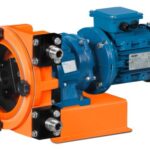

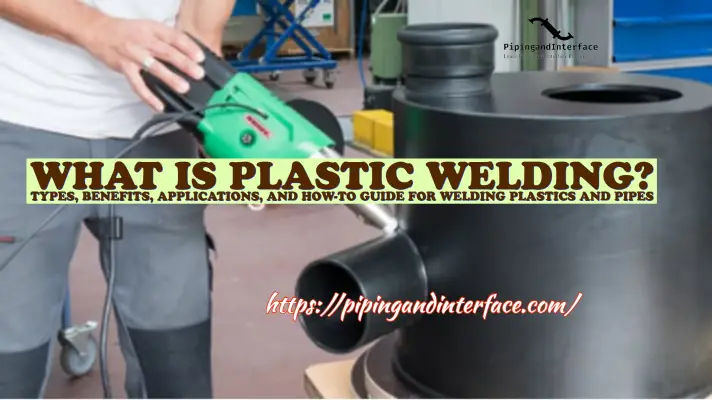
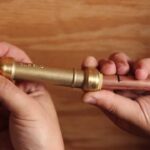
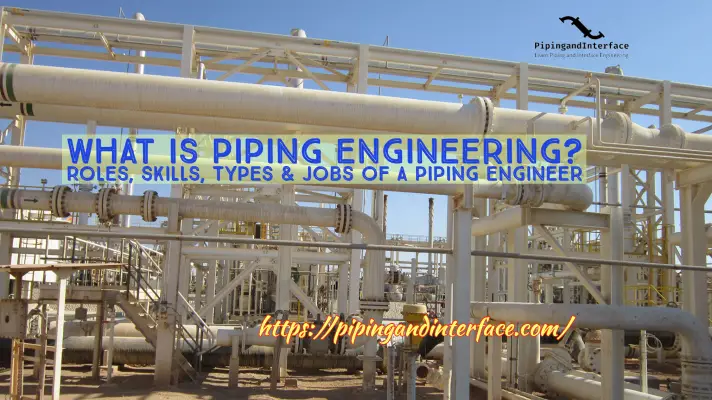
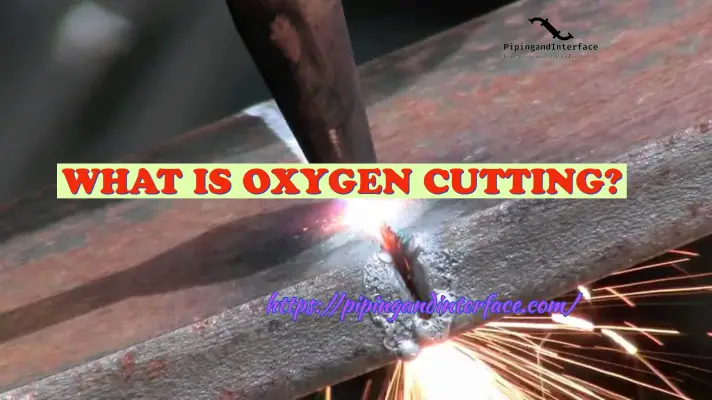

Greetings! Very helpful advice within this post! It’s the little changes which will make the greatest changes.
Many thanks for sharing!